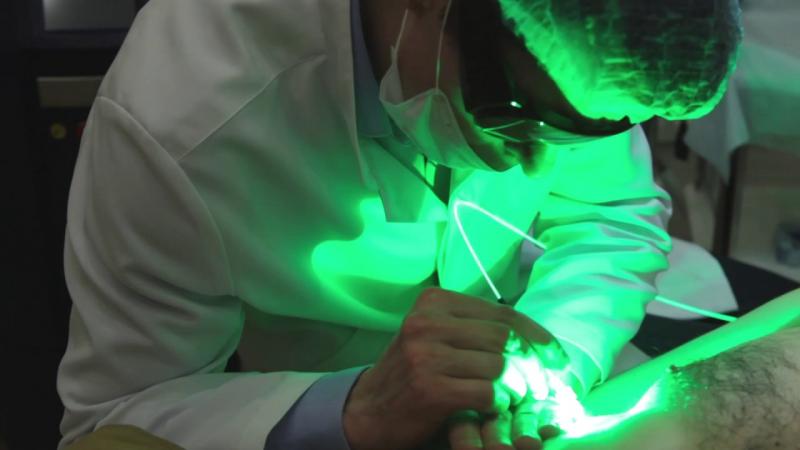Radiation Curable Coating Market: Illuminating the Path to Sustainable and Efficient Coatings
Introduction
The global coatings industry has been witnessing a significant transformation with the increasing demand for sustainable and eco-friendly solutions. In this era of environmental consciousness, radiation curable coatings have emerged as a game-changer. These innovative coatings offer a host of advantages, from faster curing times to reduced volatile organic compound (VOC) emissions. This article delves into the radiation curable coating market, exploring its applications, benefits, and the role it plays in advancing sustainable coating technologies.
Understanding Radiation Curable Coatings
Radiation curable coatings are a type of surface finish that undergoes polymerization when exposed to specific radiation, such as ultraviolet (UV) light or electron beam (EB). This rapid curing process results in coatings with exceptional properties, including high durability, scratch resistance, and chemical resistance. Additionally, radiation curable coatings require no solvent-based components, contributing to reduced VOC emissions and a smaller environmental footprint.
The Advantages of Radiation Curable Coatings
-
Faster Curing Time: One of the primary benefits of radiation curable coatings is their rapid curing process. Unlike traditional coatings that may take hours to dry, radiation curable coatings cure within seconds, leading to increased productivity and reduced production time.
-
Reduced VOC Emissions: VOCs present in traditional coatings contribute to air pollution and health hazards. Radiation curable coatings eliminate the need for solvents, resulting in significantly reduced VOC emissions, making them an environmentally friendly option.
-
Enhanced Durability and Performance: Radiation curable coatings form a robust and resilient protective layer on substrates, providing exceptional resistance to abrasion, chemicals, and weathering. This durability ensures longer-lasting coatings and reduces the need for frequent maintenance.
-
Energy Efficiency: The rapid curing process of radiation curable coatings requires less energy compared to conventional drying methods, leading to lower energy consumption and operational costs.
Applications of Radiation Curable Coatings
-
Wood Coatings: Radiation curable coatings find extensive use in wood finishing applications, such as furniture, flooring, and cabinetry. The fast curing times and superior properties of these coatings make them ideal for achieving a high-quality and durable finish on wood surfaces.
-
Printing Inks: UV-curable inks are widely employed in the printing industry for their ability to instantly dry on various substrates. These inks are utilized in applications like packaging, labels, and commercial printing.
-
Automotive Coatings: Radiation curable coatings are gaining popularity in the automotive sector for their excellent scratch resistance and gloss retention properties. They are used in automotive refinishes, plastic coatings, and headlight coatings.
-
Electronics and Optics: The electronics and optics industries rely on radiation curable coatings for protection and enhancement of electronic components, optical lenses, and displays.
Conclusion
The radiation curable coating market is experiencing robust growth, driven by the increasing demand for sustainable and efficient coating solutions across various industries. As businesses and consumers become more environmentally conscious, radiation curable coatings offer a viable and attractive alternative to traditional solvent-based coatings. With their rapid curing times, reduced VOC emissions, and enhanced durability, radiation curable coatings not only elevate the performance of coatings but also contribute to a greener and more sustainable future. As the market continues to innovate, we can expect further advancements in radiation curable coating technologies, illuminating the path to a more sustainable and efficient coating industry.
